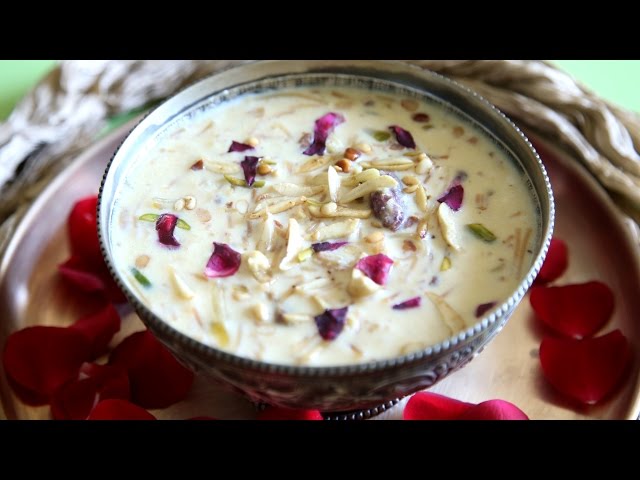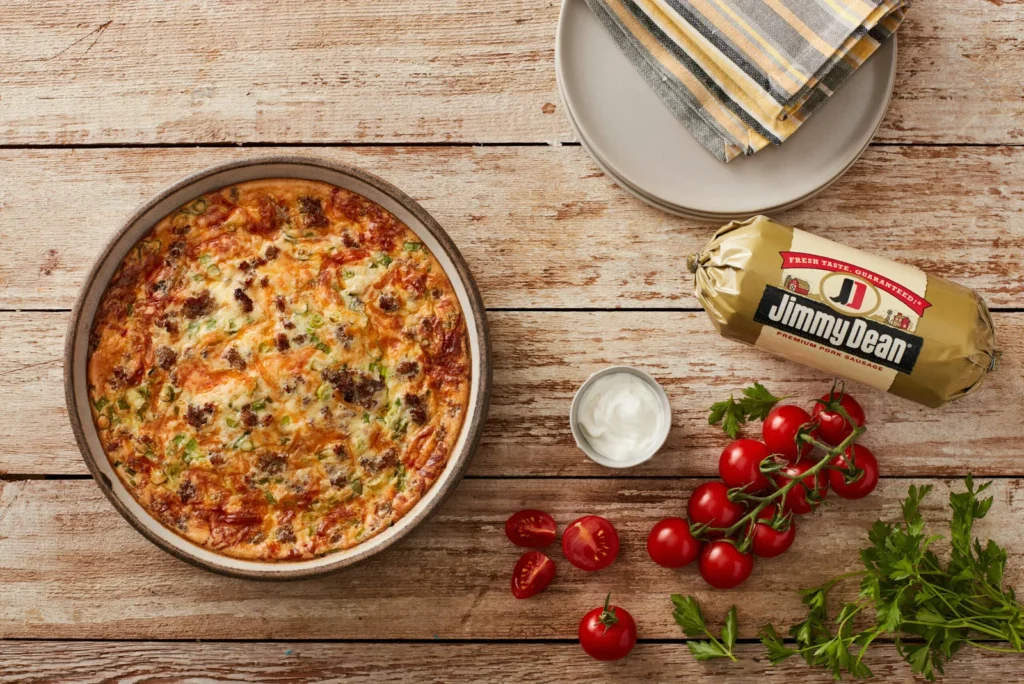In the vast tapestry of global cuisine, some ingredients transcend time, geography, and generations. One such humble yet powerful food is the chickpea, and from it stems the beloved traditional snack and dish known in many cultures as çeciir. More than just a source of nutrition, çeciir carries stories, rituals, and flavors that date back millennia — a rare gem that continues to thrive in both rustic villages and modern kitchens.
In this in-depth article, we explore the origins, variations, cultural significance, preparation methods, health benefits, and global popularity of çeciir, one roasted chickpea at a time.
🌱 What is Çeciir?
Çeciir (pronounced cheh-jeer) is a term primarily associated with roasted or boiled chickpeas, often spiced and enjoyed as a snack or part of a larger meal. Originating in Mediterranean, Middle Eastern, and Anatolian cultures, çeciir goes far beyond its simple ingredients. It embodies sustainability, resilience, and celebration.
While the base is usually the chickpea (also known as garbanzo bean), çeciir can differ in its flavor profile, cooking method, and context depending on the region. In Turkish culture, it’s closely tied to “leblebi”, a term specifically used for roasted chickpeas sold by street vendors or at local spice markets.
🌍 Origins and Cultural Significance

The chickpea is one of the earliest cultivated legumes in human history, dating back over 7,000 years to ancient Mesopotamia and the Fertile Crescent. Çeciir became a staple not only for its nutrition but also for its affordability and long shelf life. Travelers, soldiers, and workers across empires — from the Ottomans to the Moors — carried çeciir as a portable, protein-rich snack.
In Turkey, Syria, Lebanon, Tunisia, and Morocco, çeciir is more than food — it’s part of market culture, religious festivals, and home traditions. It’s commonly sold by street vendors near mosques or town squares, and is often served during Ramadan, family gatherings, or as part of ceremonial meals.
🧠 The Symbolism of Çeciir
Unlike fast food or processed snacks, çeciir is rooted in mindful eating and local production. It symbolizes:
- Modesty and humility – often served in simple homes and shared among many
- Community and togetherness – a snack passed around during storytelling and tea gatherings
- Endurance and simplicity – food that sustained generations through hard times
🍲 Types and Regional Variations of Çeciir
While the core ingredient remains the same, çeciir takes on many forms around the world:
1. Roasted Çeciir (Leblebi Style)
Originating in Turkey, roasted çeciir is crunchy, dry, and often lightly salted or sweetened. It is commonly sold in paper cones and enjoyed on the go.
2. Boiled & Spiced Çeciir
In parts of the Middle East and North Africa, chickpeas are boiled and then tossed with olive oil, lemon juice, salt, sumac, or chili flakes. Often eaten warm, this version is rich in flavor and aroma.
3. Sweet Çeciir
Found in regions like Afyonkarahisar, Turkey, this version includes sugar-coated chickpeas, turning çeciir into a festive treat served during weddings or holidays.
4. Chickpea Trail Mix
A modern, Western twist involves roasted chickpeas mixed with nuts, seeds, and dried fruits — a popular energy-boosting snack.
🥗 Nutritional Benefits of Çeciir
Chickpeas, the base of çeciir, are one of the most nutrient-dense foods you can eat. Here’s why:
- ✅ High in Plant-Based Protein: Ideal for vegans, vegetarians, and those reducing meat consumption
- ✅ Excellent Source of Fiber: Helps regulate digestion and lowers cholesterol
- ✅ Rich in Iron, Magnesium, and Folate: Supports energy production and heart health
- ✅ Low on the Glycemic Index: Provides long-lasting energy without sugar crashes
- ✅ Supports Weight Management: Keeps you full and satisfied longer
Whether you’re snacking on roasted çeciir or adding it to a salad, it’s a guilt-free indulgence.
🍳 How to Make Çeciir at Home

Want to make your own çeciir? Here’s a basic recipe for roasted çeciir:
Ingredients:
- 1 cup dried chickpeas
- 1 tbsp olive oil
- ½ tsp salt
- Optional: cumin, paprika, garlic powder, chili flakes
Instructions:
- Soak the chickpeas overnight, then drain and dry thoroughly.
- Preheat the oven to 400°F (200°C).
- Toss chickpeas with olive oil and desired spices.
- Spread on a baking sheet and roast for 25–30 minutes, shaking the tray halfway.
- Let cool and store in an airtight container.
Pro Tip: You can also air-fry for a lower-fat version or sweeten with cinnamon and honey for a dessert twist.
🛒 Where to Buy Çeciir
Çeciir can be found in various forms depending on your location:
- Ethnic Grocery Stores – Look for roasted chickpeas in Middle Eastern or Turkish aisles.
- Online Marketplaces – Amazon, Etsy, and specialty food websites often carry çeciir.
- Farmer’s Markets & Bazaars – In local Turkish and Mediterranean communities.
- Health Food Stores – Sold as “roasted chickpeas” or part of vegan snack lines.
🌐 Çeciir in Global Food Culture
Çeciir is now gaining popularity beyond its traditional roots:
- In the United States, roasted chickpeas are marketed as a healthy alternative to chips and popcorn.
- In Europe, artisan producers are experimenting with flavor fusions like sriracha, wasabi, and truffle.
- In India, roasted chickpeas (“chana”) are used in street food dishes like “chana chor garam.”
This global reinvention proves that çeciir is more than a snack — it’s a culinary ambassador connecting cultures through food.
FAQ’s
1. What does “çeciir” mean and where does the term originate from?
“Çeciir” generally refers to roasted or boiled chickpeas and originates from regions with rich Mediterranean and Middle Eastern culinary traditions. The term is closely associated with Turkish and Anatolian culture but is recognized in various dialects with similar meanings.
2. Is çeciir the same as leblebi?
While closely related, çeciir is often a broader term that includes various chickpea-based preparations, whereas leblebi specifically refers to roasted chickpeas commonly sold in Turkish markets and bazaars. Leblebi is a popular variety of çeciir.
3. Can çeciir be made sweet or is it always savory?
Yes! While most traditional çeciir is savory — seasoned with salt, cumin, or chili — there are sweet versions made with sugar coating, cinnamon, or even honey, particularly in Turkish and North African cultures for festive occasions.
4. Is çeciir suitable for people on vegan or gluten-free diets?
Absolutely. Çeciir is 100% plant-based and naturally gluten-free, making it an excellent snack option for vegans, vegetarians, and individuals with gluten sensitivities or celiac disease.
5. How long can homemade çeciir be stored?
When stored in an airtight container in a cool, dry place, roasted çeciir can stay crispy and fresh for up to 2–3 weeks. For best texture and flavor, avoid exposure to moisture or direct sunlight.
Final Thoughts: Why Çeciir Deserves a Spot in Your Pantry
Çeciir isn’t just a snack — it’s a bridge between ancient wisdom and modern wellness. It’s affordable, nutritious, sustainable, and deeply satisfying. As we shift toward healthier and more ethical food choices, çeciir stands tall as a snack with both heart and heritage. Whether you enjoy it roasted, spiced, sweetened, or blended into contemporary dishes, çeciir offers a flavorful journey through time and culture. So next time you’re craving something crunchy and wholesome, reach for çeciir — and honor a timeless tradition.
